Blurring the lines between ornament and recreation: Nine of Britain’s best Arts-and-Crafts swimming ponds
Before the vogue for bright blue, chlorine-treated swimming pools, members of Victorian and Edwardian society built naturalistic bathing ponds inspired by the Arts & Crafts movement.
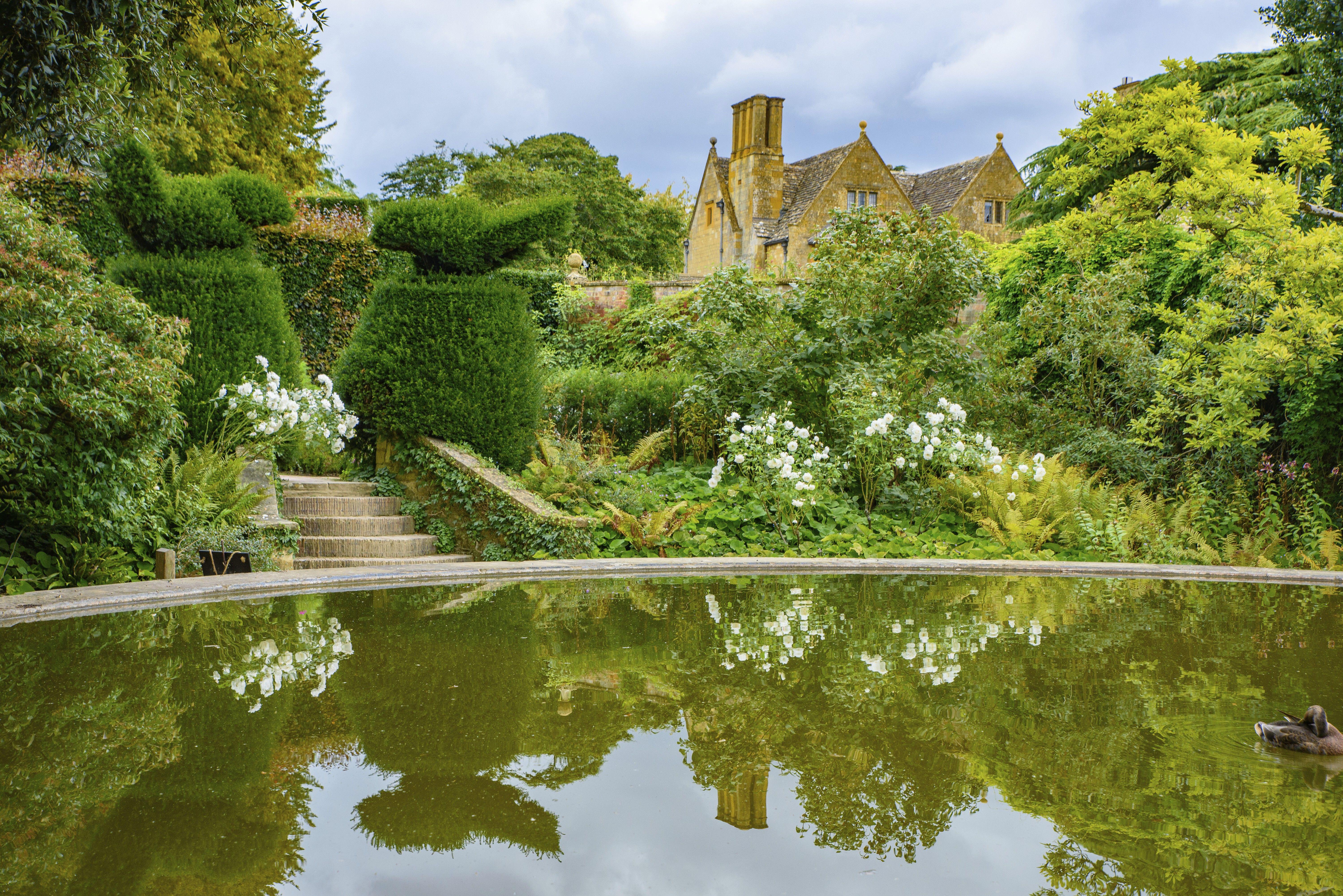
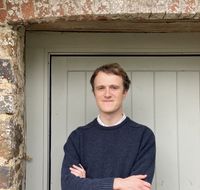
The swimming pond has become a contemporary garden design staple and though styles differ, the principle is consistent: mini-ecosystems of plants and micro-organisms in shallower ‘regeneration zones’ to purify a deeper pool. With no chemicals required, swimming ponds are relatively low-maintenance and eco-friendly, not to mention aesthetically pleasing.
Swimming ponds mark a turn away from the turquoise, chlorine-treated pools that remained fashionable for decades from the 1930s onwards. They also echo the spring-fed plunge pools of 18th-century estates such as Painswick in Gloucestershire — linked, in their day, with a wide array of health benefits.
As a cultural historian who studies freshwater bathing, I’ve been piecing together another, overlooked chapter in this story that chimes with present-day ideals: the Arts-and- Crafts inspired naturalistic bathing areas, especially popular between the Victorian era and 1920s, that blurred the line between ornament and recreation.
As I have sifted through archives, memoirs and newspapers, sharing notes with architects and garden historians, a fresh picture has emerged of the home-bathing habits of Victorian and Edwardian people. They desired, to borrow William Morris’s evocative phrase, to ‘wash the night off’ in garden pools that trod a thin, thin line between formal design and embracing nature.
Great Ambrook
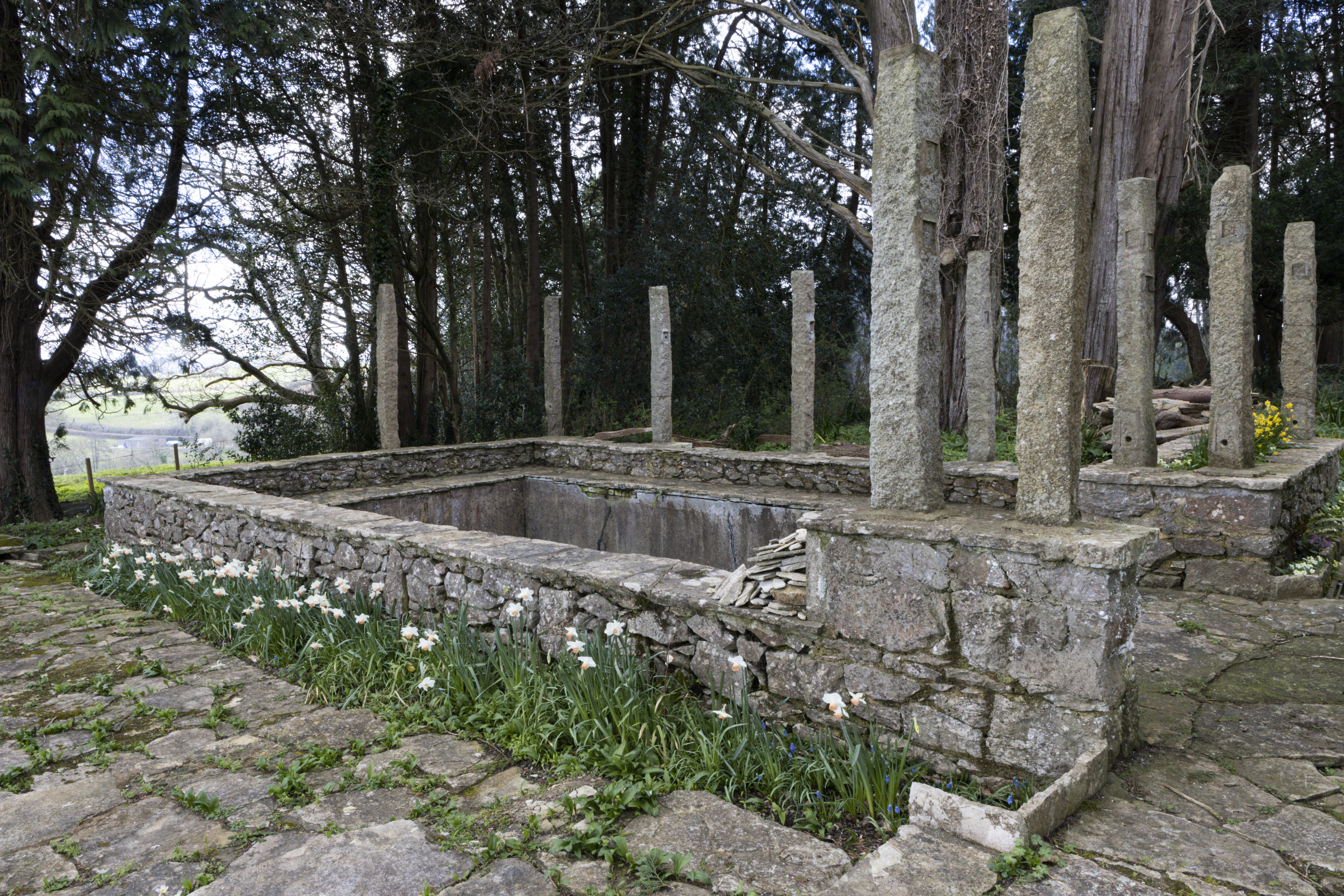
Arthur Smith Graham’s Italian garden at Great Ambrook, Devon, features a walled garden where, in one corner, a colonnaded pool looks out over the surrounding fields. Garden Museum director Christopher Woodward describes the pool as small, but deep, and ‘definitely celebrating the act of swimming in its design.’
Standen
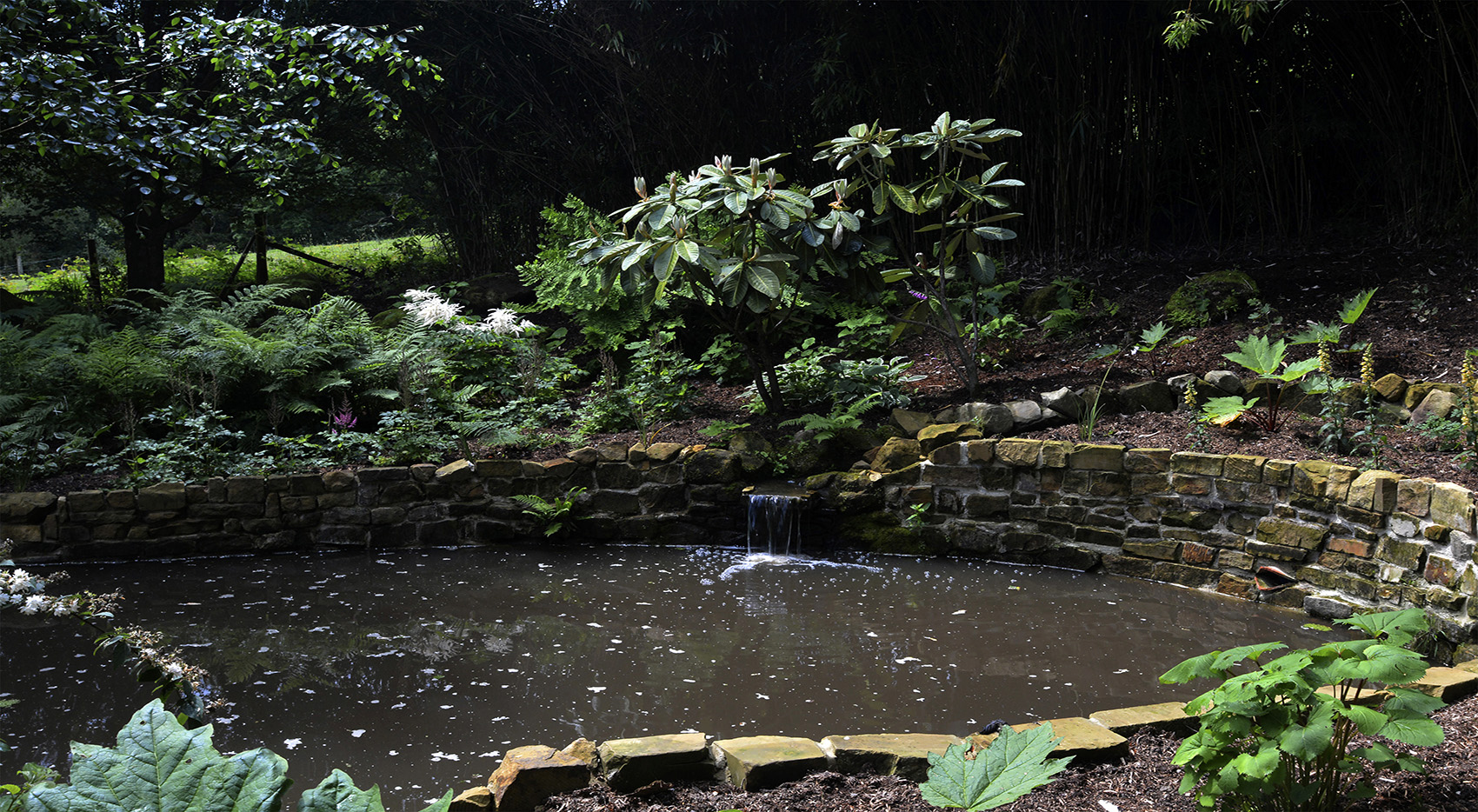
The National Trust gardens at Standen, West Sussex, include an 1890s pool by Art-and-Crafts architect Philip Webb. Webb grew up in Oxford, where he swam with William Morris at Parson’s Pleasure. Morris's Iceland travels may have influenced the Standen pool’s roughly-hewn style.
Rayne Thatch
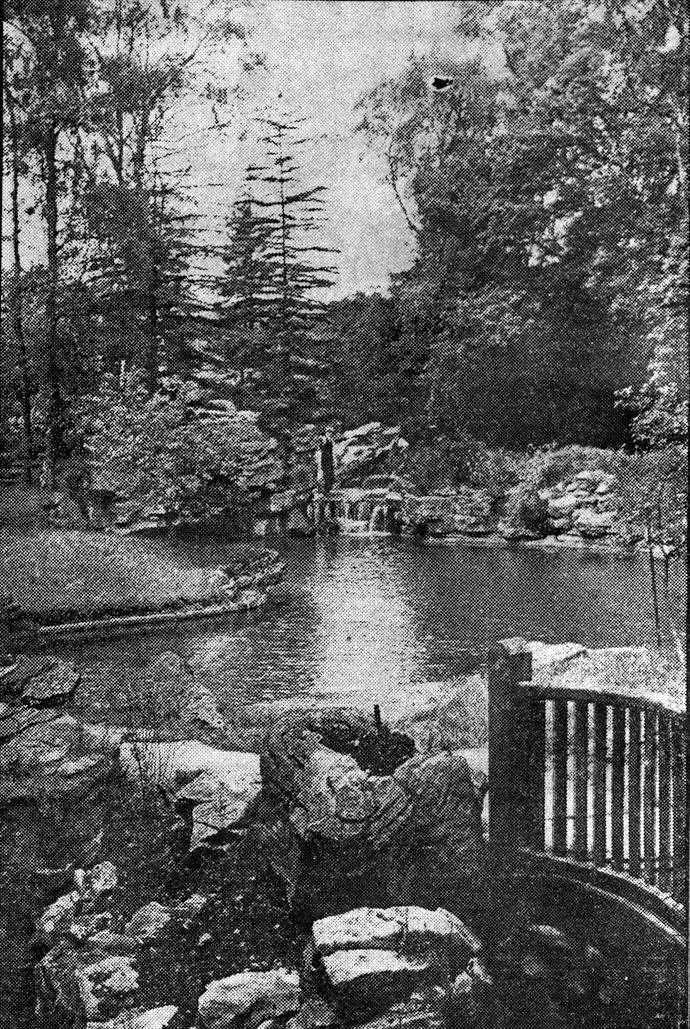
Located on the outskirts of Bristol, opposite his more imposing dwelling, was tobacco magnate Walter Melville Wills’s rustic ‘playhouse’ Rayne Thatch. It included, like Aldenham, a swimming pool by James Pulham and Son. Rayne Thatch is still a private residence.
Exquisite houses, the beauty of Nature, and how to get the most from your life, straight to your inbox.
Millthorpe Brooke
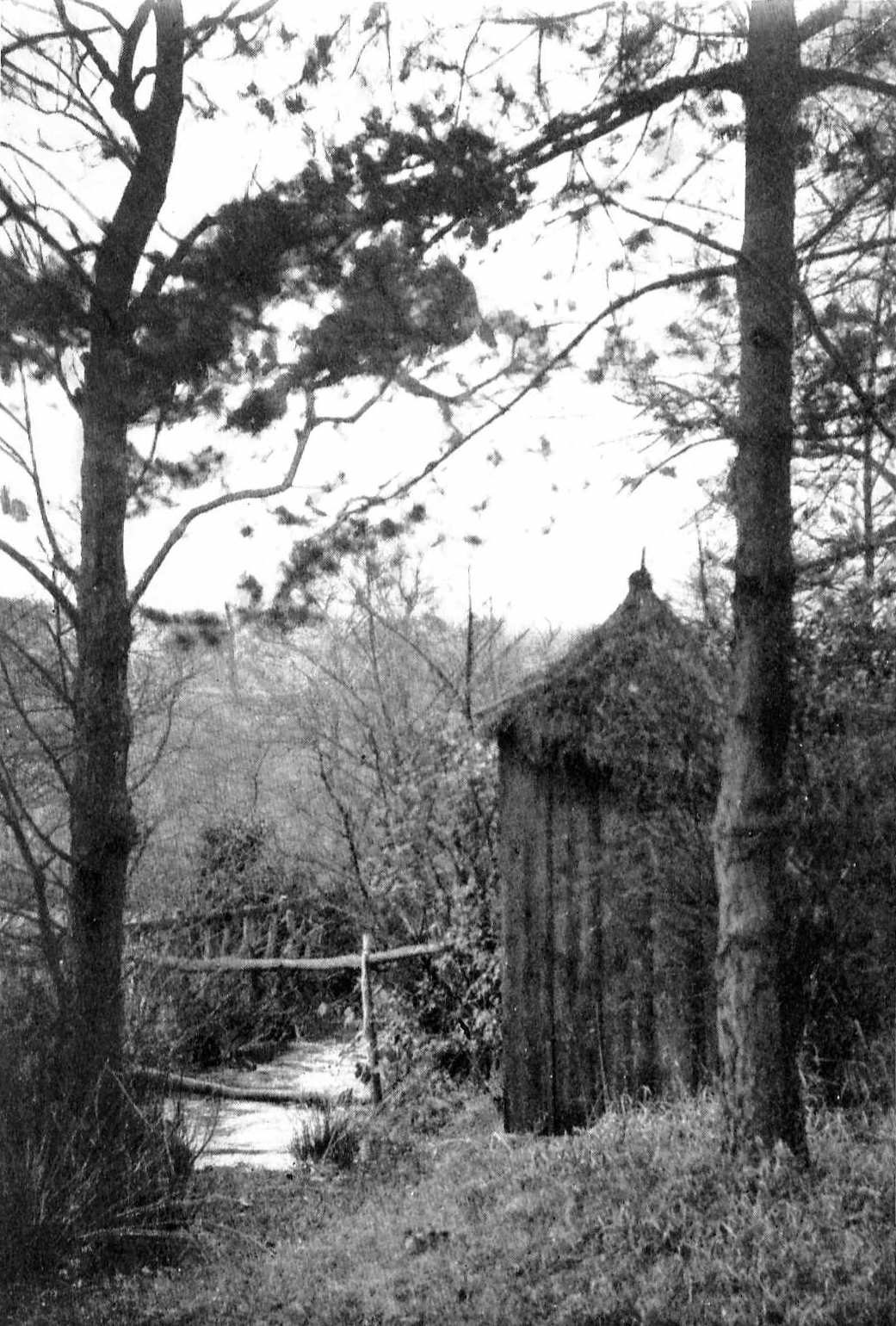
Humblest in this list is utopian polymath Edward Carpenter’s garden pool at Millthorpe, in Derbyshire. Next to a stream ‘full of music and grace,’ Carpenter erected a hut that served as both a study and ‘bathing shelter’. Here, he swam and penned several works over the course of four decades, whatever the weather.
Hidcote Manor

Lawrence Johnston, owner and architect of Hidcote Manor, Gloucestershire, designed Hidcote’s pool before the First World War. Back then, gardeners regularly drained and cleaned it, and dyed the water blue. An army major’s daughters often visited from nearby Kiftsgate Court, accompanied by a chaperone, taking summer morning dips in the pool.
Valewood Farm
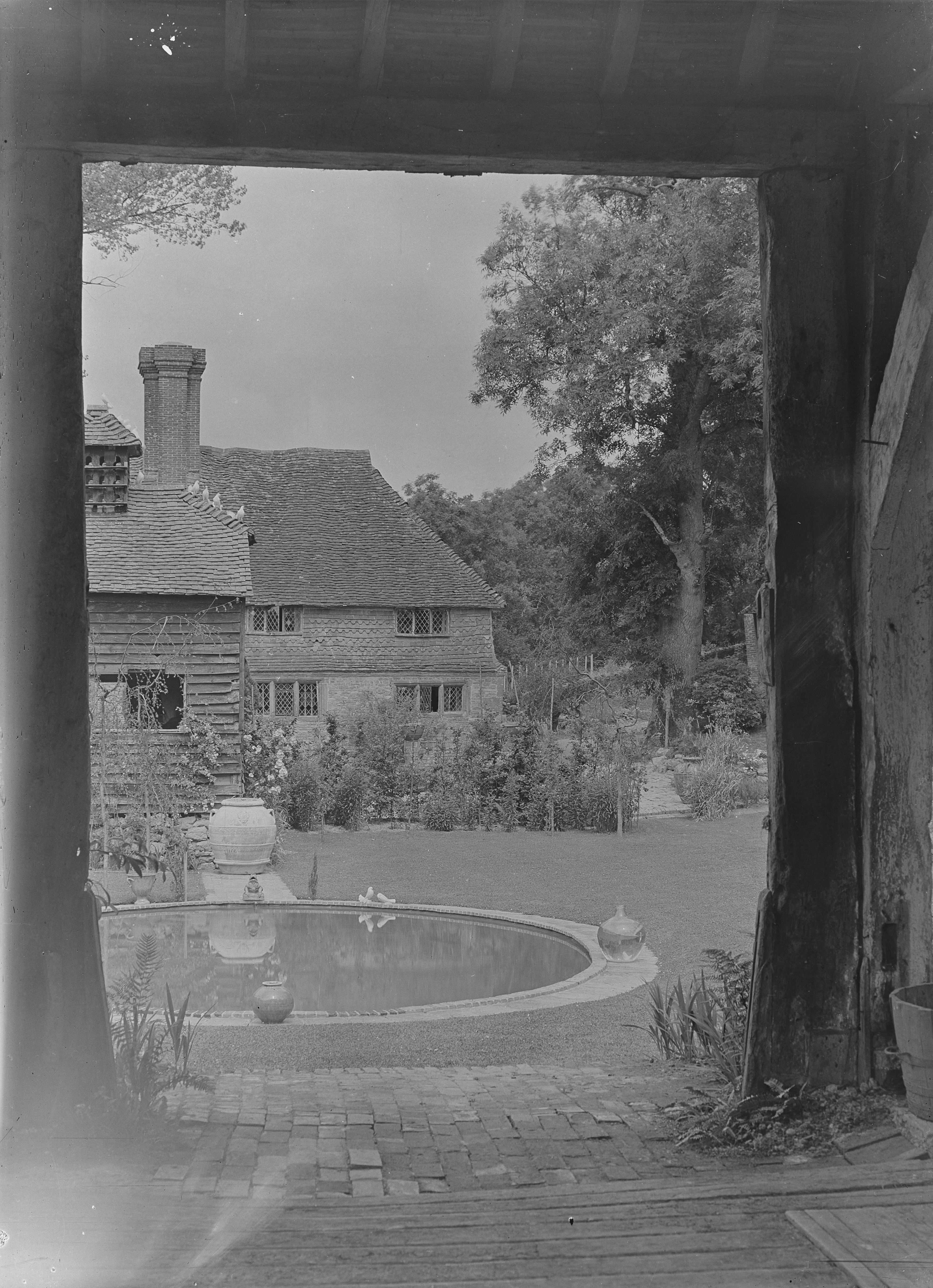
As at Hidcote, Oliver Hill dyed his stylish elliptical pool at Valewood Farm, Sussex, azure blue — pre-empting what was to come. ‘This azure theme was carried through the garden,’ notes writer and former Country Life Gardens Editor Kathryn Bradley-Hole, ‘with blue-glazed Spanish pots of varied shapes placed carefully around the pool, at doorways and within the loggias.’
Aldenham House
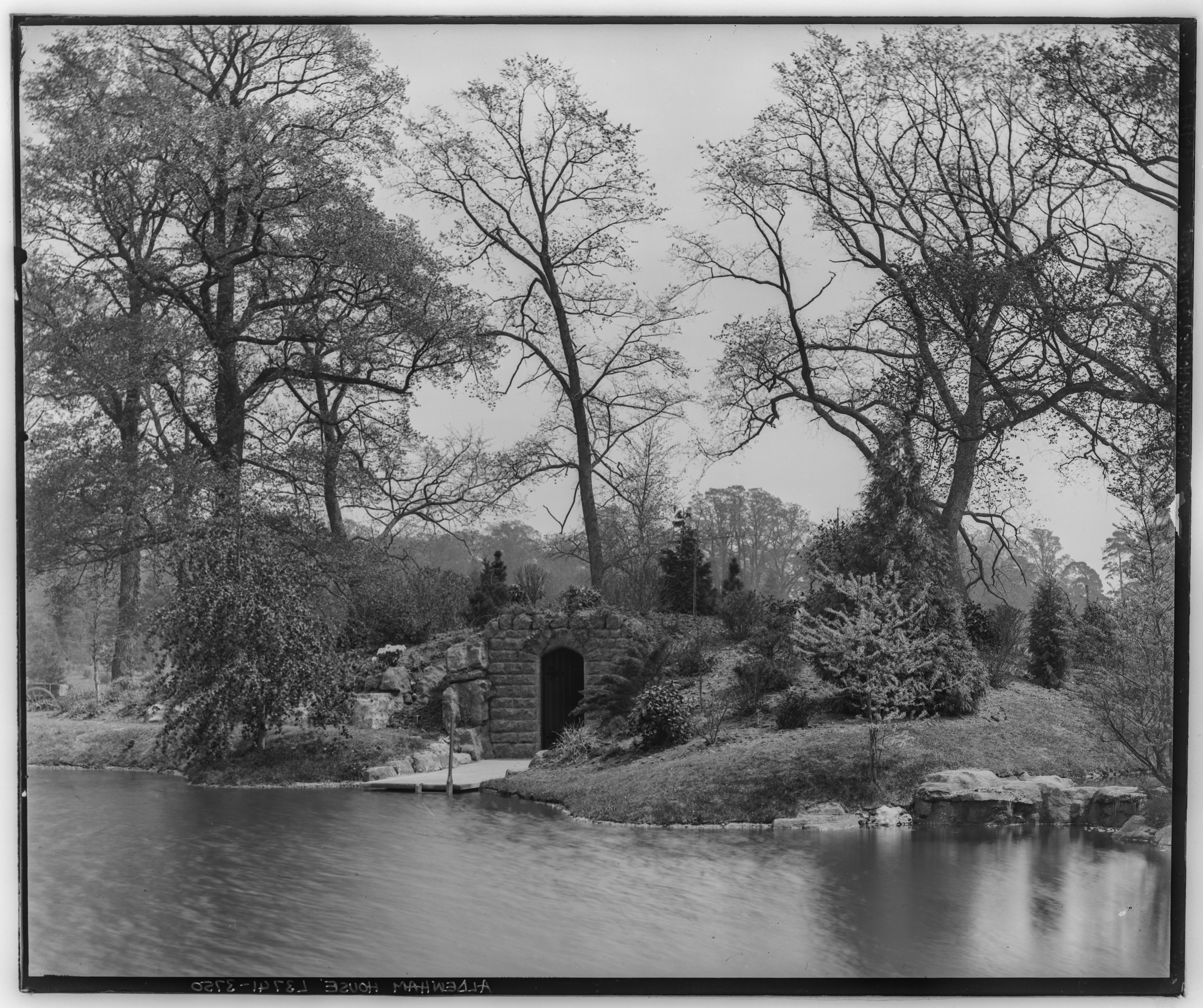
The swimming pool at Aldenham House in Hertfordshire was converted from a fish pond and featured rock works by James Pulham and Son, constructed out of Pulham’s signature ‘Pulhamite’ artificial stone. The grotto was repurposed as an air raid shelter during the Second World War.
Stoneywell Cottage
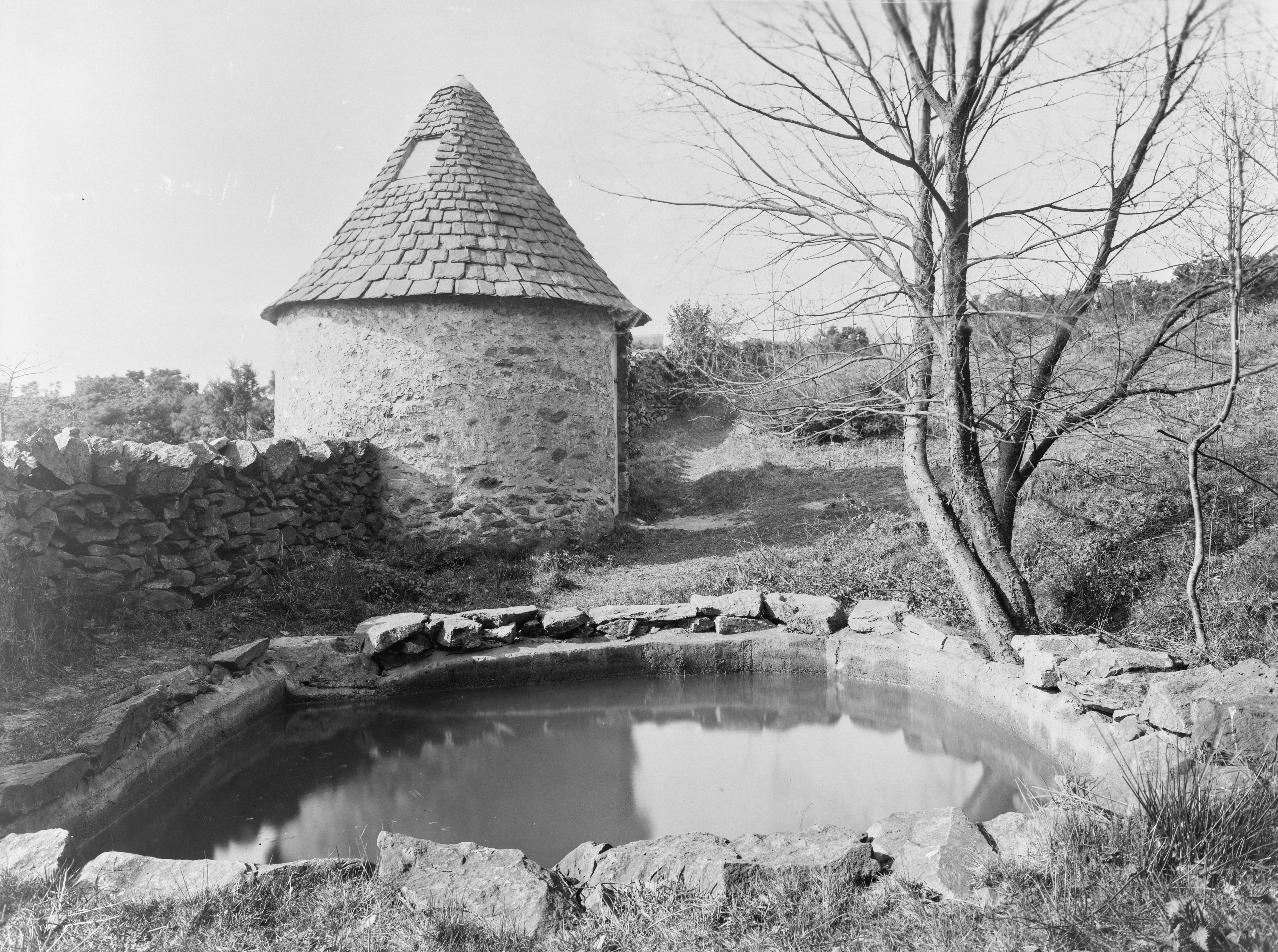
Leading Arts-and-Crafts garden designer and former Country Life gardens Editor Gertrude Jekyll admired the rough simplicity of Ernest Gimson’s bathing pool at Stoneywell Cottage, Leicestershire.
Once upon a time, the house had no bathroom and so the pool was a summer alternative to winter’s indoor jug and basin. Stoneywell is open to the public through the National Trust.
Lindridge House
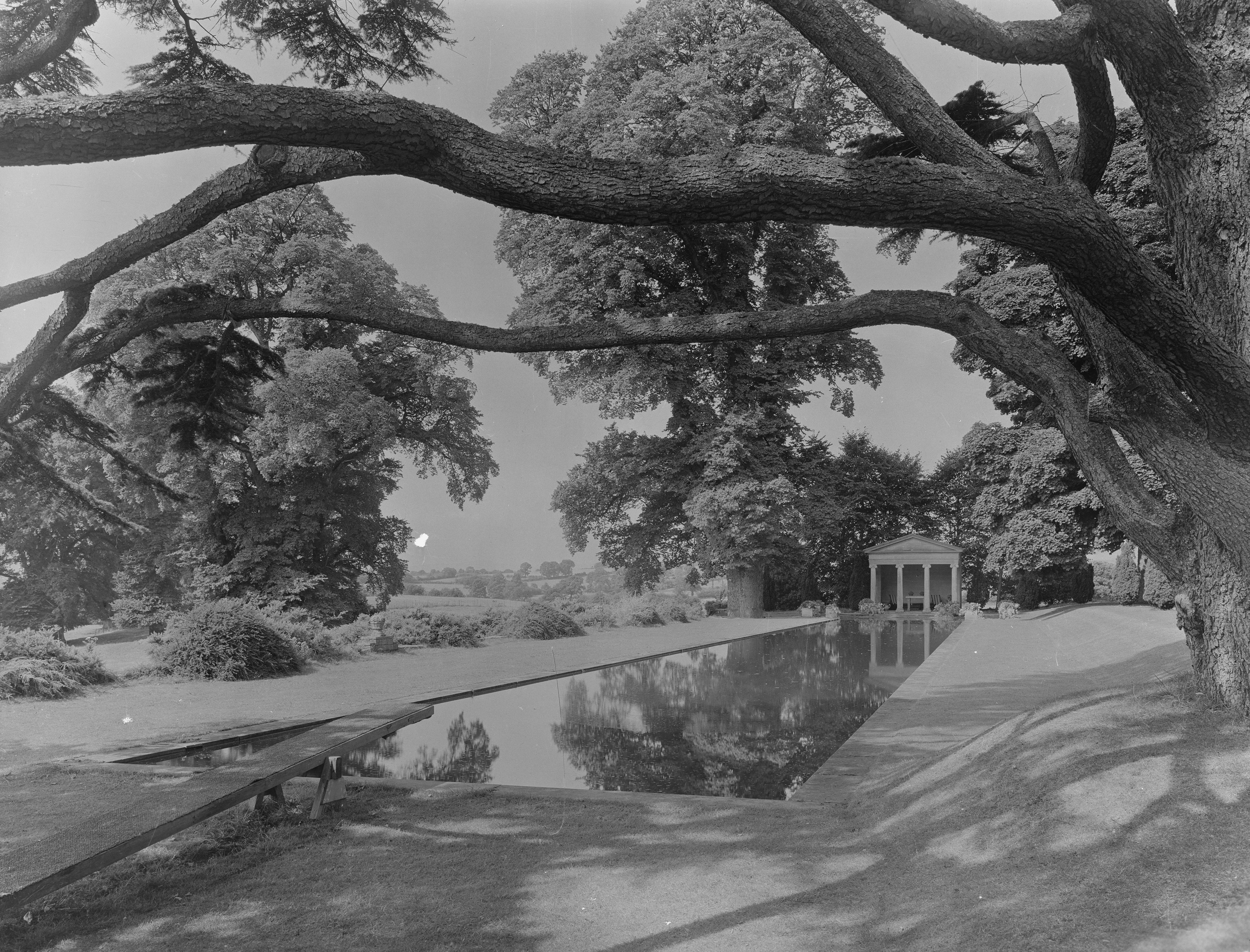
The 1920s ‘swimming bath’ at Lindridge House, Devon, replaced a pond, boathouse and footbridge, and was a sign of things to come. The fact that it was so long (50 metres) and the diving board reflected a growing passion for swimming as an athletic pursuit. Historian and Country Life writer Christopher Hussey called its design ‘admirably clean’.
The Country Life Image Archive contains more than 150,000 images documenting British culture and heritage, from 1897 to the present day. An additional 50,000 assets from the historic archive are scheduled to be added this year — with completion expected in Summer 2025. To search and purchase images directly from the Image Archive, please register here
George Townsend is a writer and curator from the Vale of White Horse, with a PhD in English from Birkbeck. His work combines social and cultural history, with recent projects exploring fairgrounds and river bathing places. His work has featured on BBC Radio 4 and in Outdoor Swimmer magazine. He’s currently writing a book about Parson’s Pleasure, a men’s bathing place in Oxford that was active between the seventeenth century and 1992.
-
 In search of London’s earliest pint
In search of London’s earliest pintEarly houses — pubs open in the early hours to feed and water the market trade — have been a cornerstone of London for centuries. Yet, as Will Hosie finds, they aren’t stuck in the past.
-
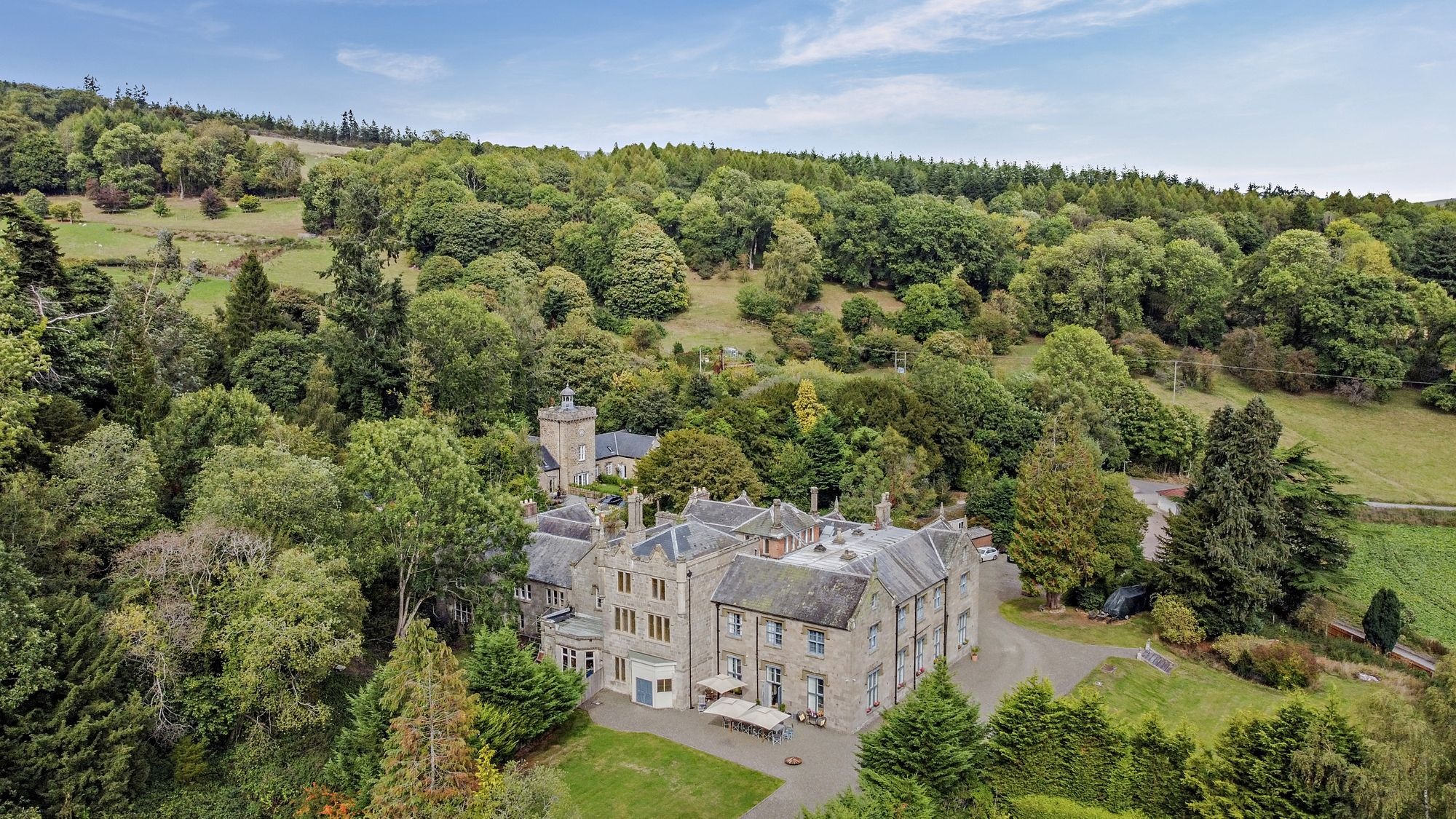 A 14-bedroom 'miniature Downton Abbey' to call your own — and there's not a penny of Mansion Tax to be paid
A 14-bedroom 'miniature Downton Abbey' to call your own — and there's not a penny of Mansion Tax to be paidNorton Manor is an incredible period home that's on the market for £1.3 million.
-
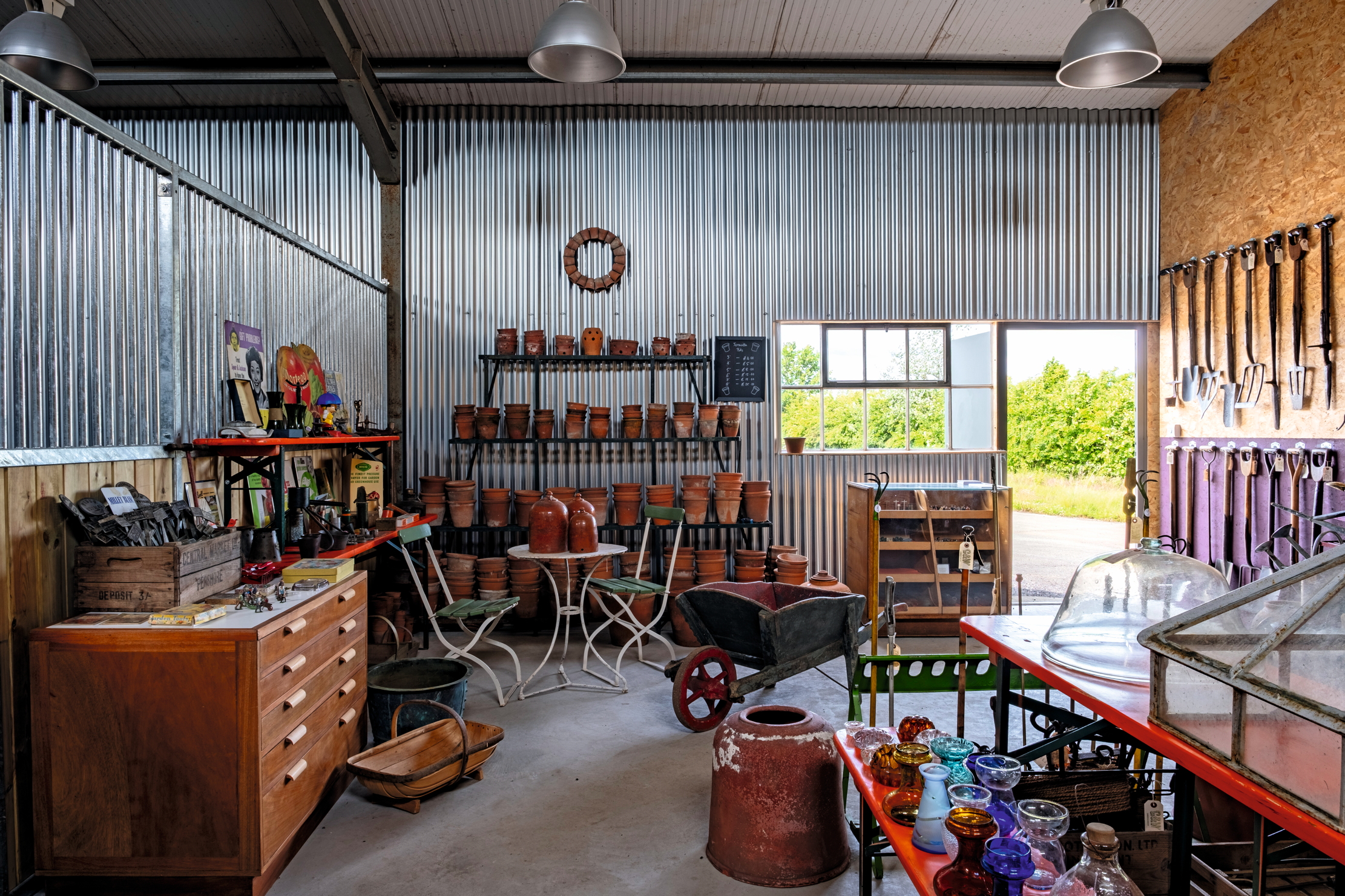 When it comes to making the perfect garden tool, the past has all the answers
When it comes to making the perfect garden tool, the past has all the answersMary Keen visits Garden & Wood, the mecca for dedicated gardeners who prefer using tools made in the 1940s
-
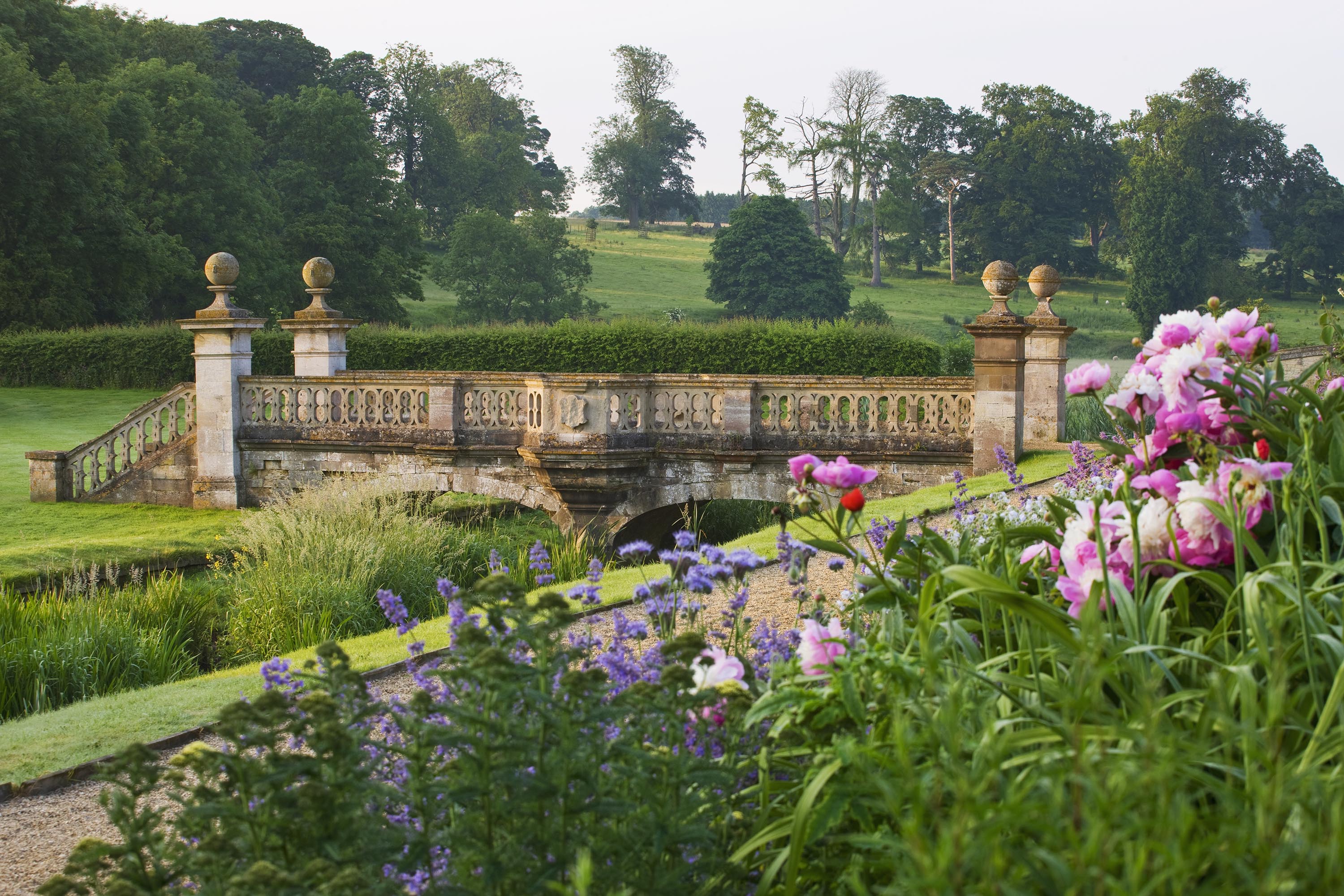 'A dream of Nirvana... almost too good to be true': The sweet peas of Easton Walled Gardens, and how you can replicate their success at home
'A dream of Nirvana... almost too good to be true': The sweet peas of Easton Walled Gardens, and how you can replicate their success at homeUrsula Cholmeley, who has spent 25 years restoring Easton Walled Gardens, recommends sowing sweet peas now for stronger plants that will better withstand the weather.
-
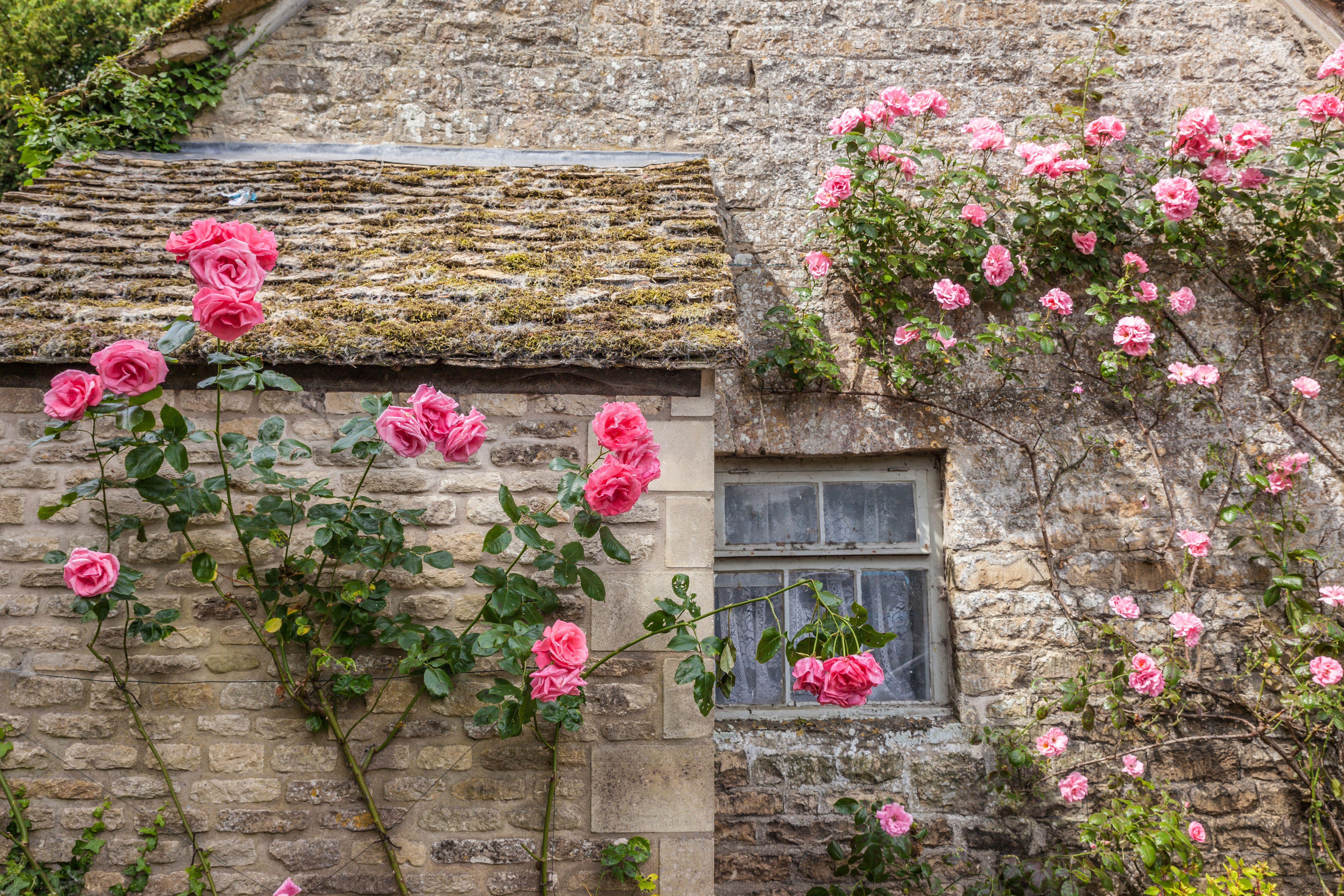 How to choose the perfect rose this bare root season
How to choose the perfect rose this bare root seasonLooks can be deceiving: bare root roses are hardier and more sustainable than potted ones, says Tabi Jackson Gee, who moved to a cottage in Wiltshire and went about finding the perfect plant. You just need patience.
-
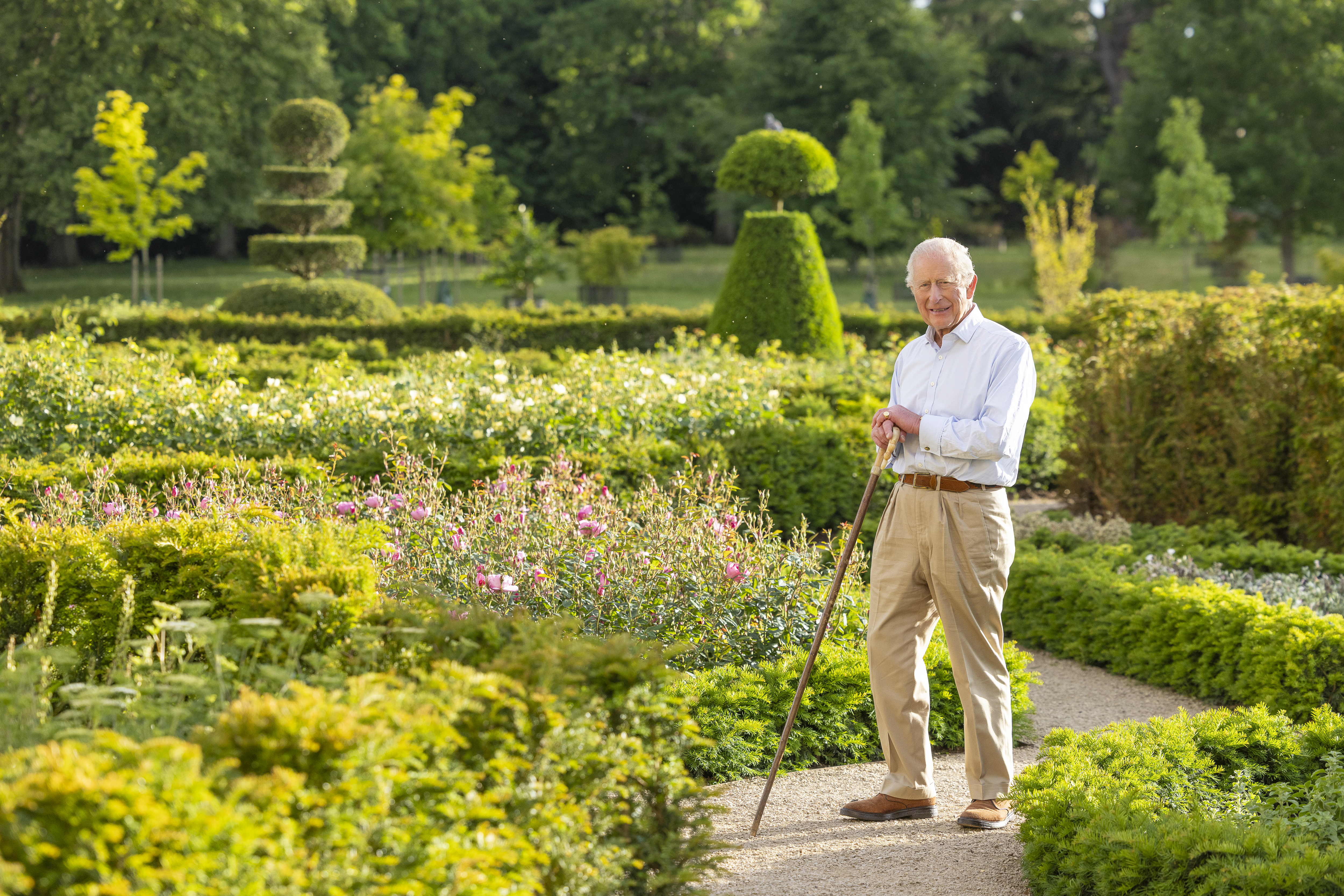 Exclusive: The King's remarkable resurrection of the gardens and parkland at Sandringham
Exclusive: The King's remarkable resurrection of the gardens and parkland at SandringhamThe King took over the running of the 21,000-acre Sandringham estate in 2017 — and in the last three years has transformed it beyond recognition.
-
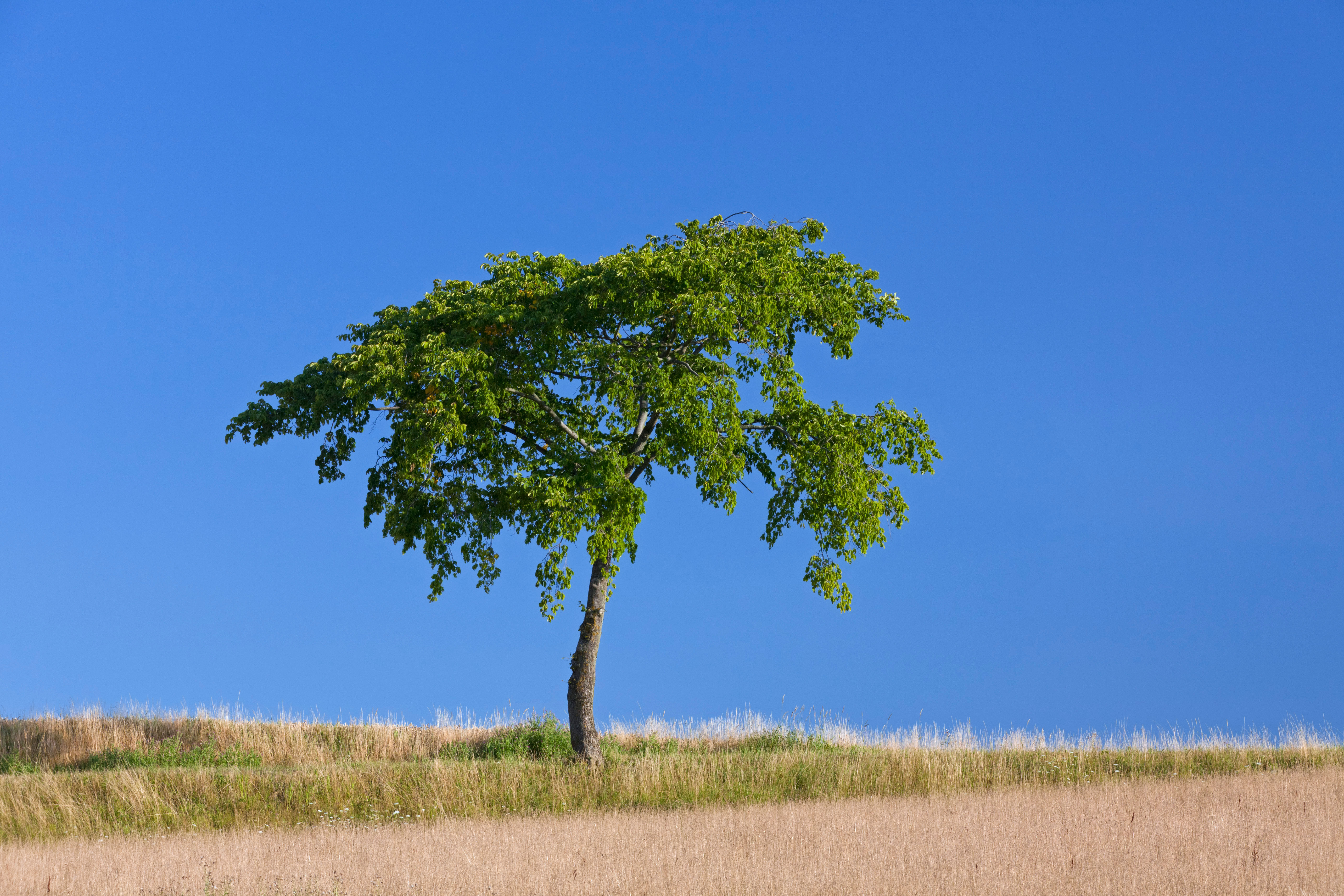 The trees that are as fine to eat as they are to look at
The trees that are as fine to eat as they are to look atMark Diacono doesn't grow many trees for the sake of the bounty they provide — but these are the notable exceptions.
-
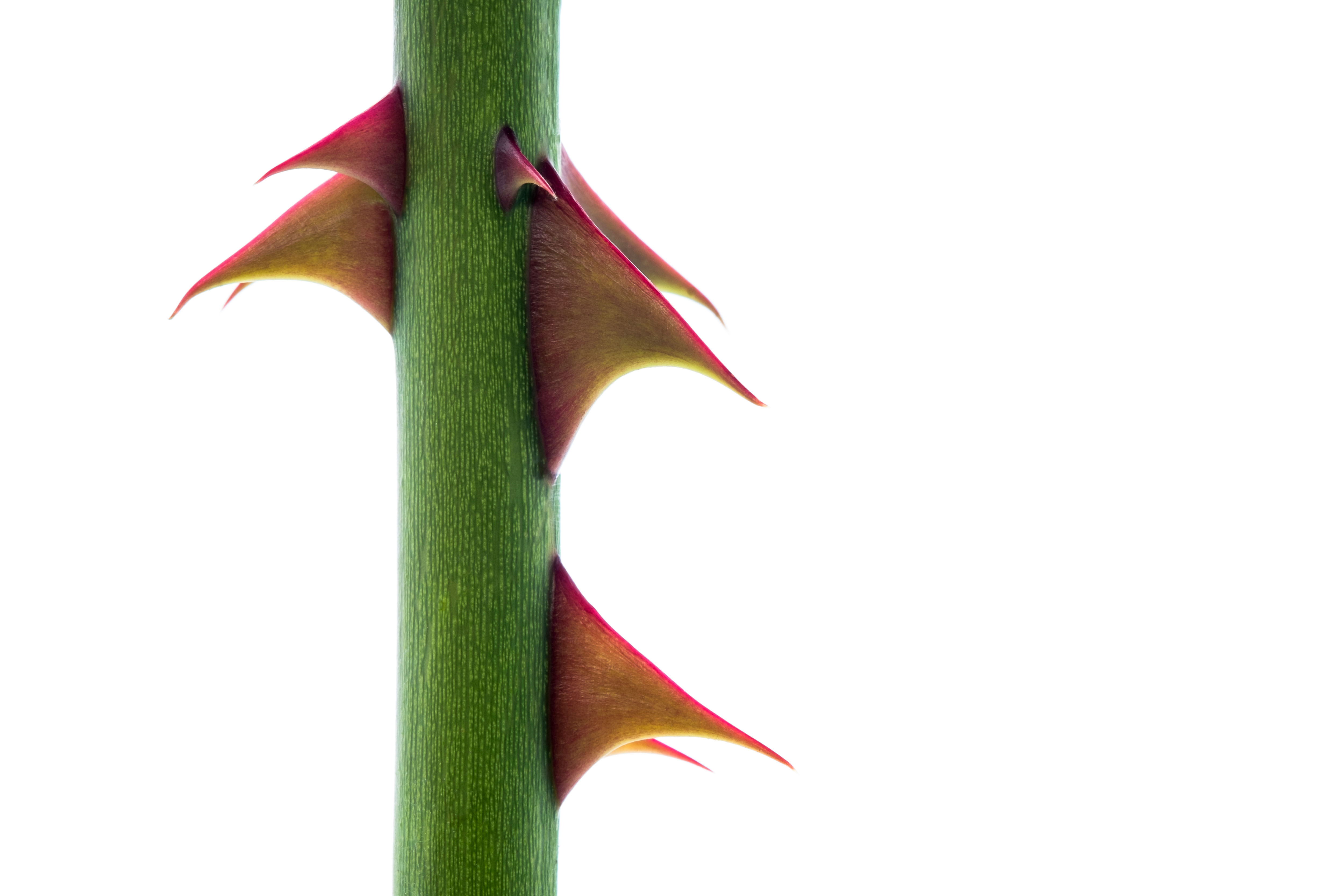 Bothered by brambles and snagged by sow thistles, but what is the point of all this thorny microaggression?
Bothered by brambles and snagged by sow thistles, but what is the point of all this thorny microaggression?Nature’s spiky deterrents — thorns, spines and prickles — may be quick to catch us out, but they can also prove to be a useful ally.
-
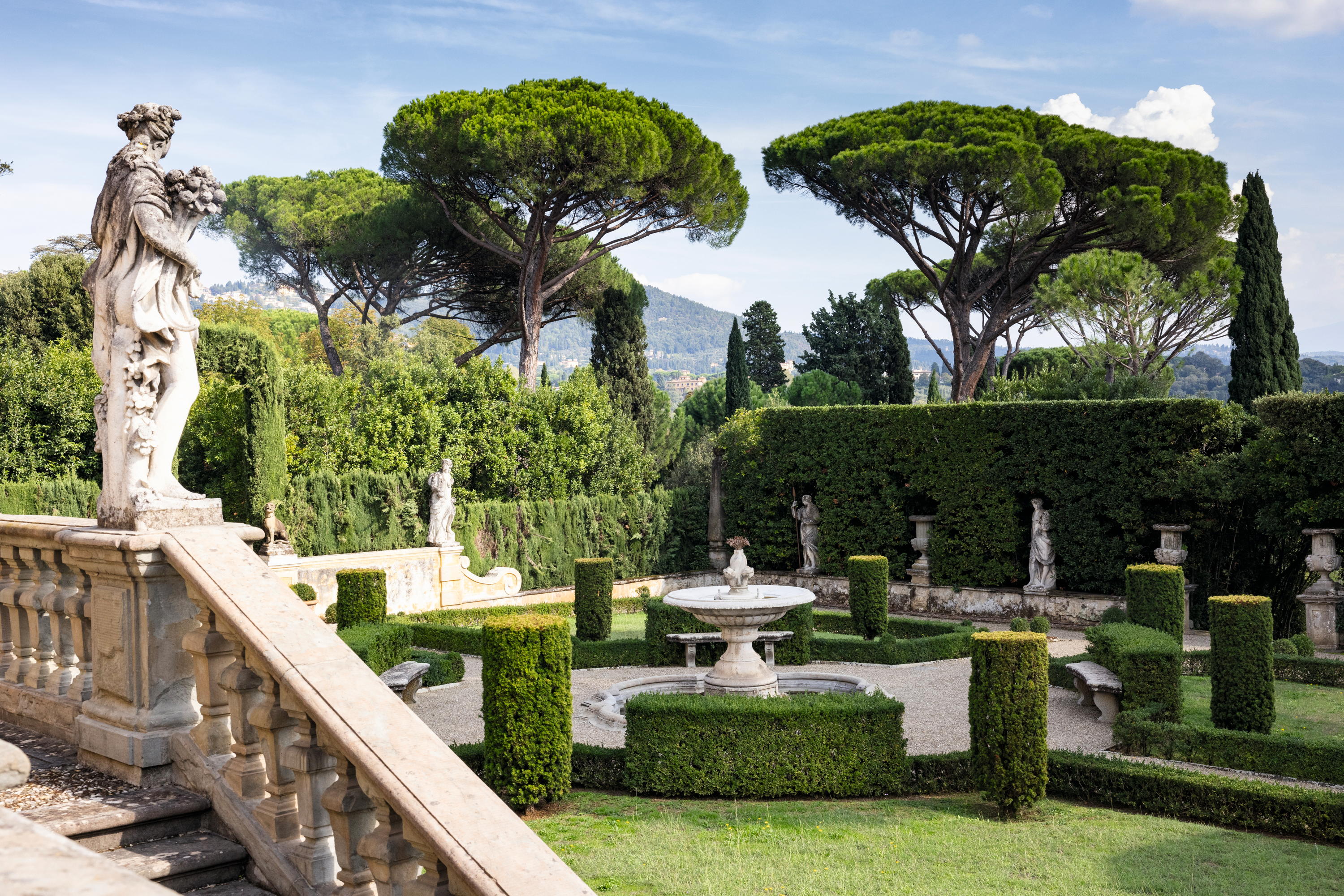 The Tuscan gardens where the English and Italian traditions come together, and Yorkshire rhubarb grows happily beside spectacular citrus
The Tuscan gardens where the English and Italian traditions come together, and Yorkshire rhubarb grows happily beside spectacular citrusNick Dakin-Elliot, who gardens in Tuscany, is still moved by the Italian hilltop gardens that command some of the most beautiful views in the world.
-
 'My family wore wool at a time when everyone else had cast it off in favour of manmade fabrics': The knitwear pioneer who is one of David Beckham's countryside champions
'My family wore wool at a time when everyone else had cast it off in favour of manmade fabrics': The knitwear pioneer who is one of David Beckham's countryside championsJulie Harding speaks to Rachel Carvell-Spedding the founder of British knitwear brand Navygrey, and one of David Beckham's countryside champions.
